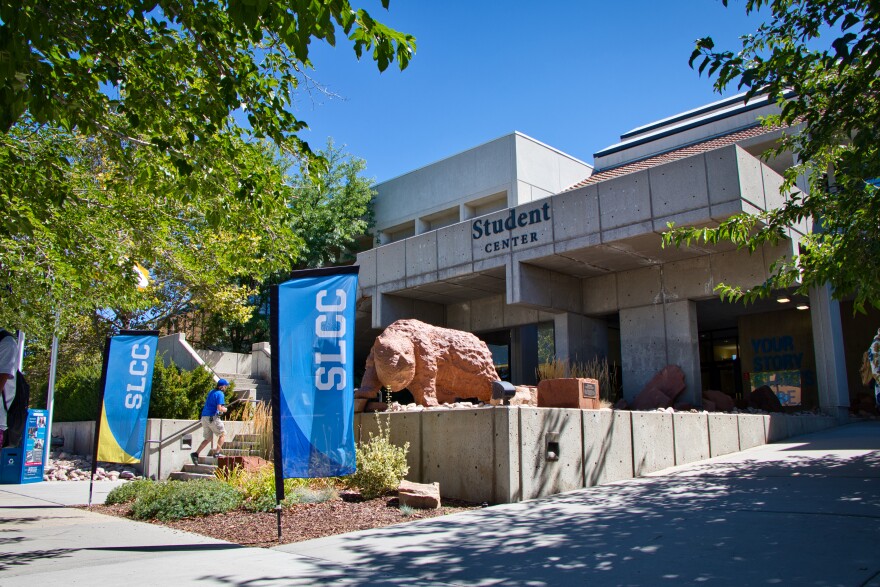Salt Lake Community College has been working on a new strategy to retain students — increasing on-campus jobs.
President Deneece Huftalin touted the plan in a recent meeting with the Utah Board of Higher Education, noting the school raised its minimum wage to $15/hour and used some federal funding to open up even more on-campus jobs.
“What we're trying to do now on campus is [expand] all of our part-time employment and have everybody hire students,” she said. “We know if they work on campus and can stay on campus and can network that way, they're much more successful, much more likely to complete.”
Where enrollment at most Utah colleges has mostly gone up in recent years — including during the pandemic — it’s fallen 18% at SLCC over the last decade. Like many community colleges around the country, the school was hit particularly hard by the impacts of COVID-19.
Career Services Director Ella Aho said the school also had a dip in student employment as the economy heated up. Part of that was pandemic-related, she said, but it was also due to inherent barriers in the jobs themselves.
Many jobs end during the summer, forcing students to find employment elsewhere. Other opportunities weren’t available to international or undocumented students based on how they were funded.
Following a recent student survey about on-campus jobs, she said the school has worked to not only create more student positions but make them more flexible and competitive. Aho and other school officials recommended simplifying the hiring process, providing additional pay for students who speak multiple languages and offering things like free parking, tuition waivers and vouchers for childcare and mental health services.
“You can't have that at McDonald's, so they're willing to maybe make $2 an hour less because of the benefits and the flexibility that makes their lives a lot easier and allows them to finish their schooling,” she said.
There’s also been a concerted effort to make sure that the jobs students take provide some relevant skills, Aho noted. There’s a peer-to-peer educator position, for example, in which students further along in their programs guide newer students through the process and even advise faculty on curriculum changes.
Aho said that’s helped students become more invested in their studies and even sell other students on the benefits of working at the school.


